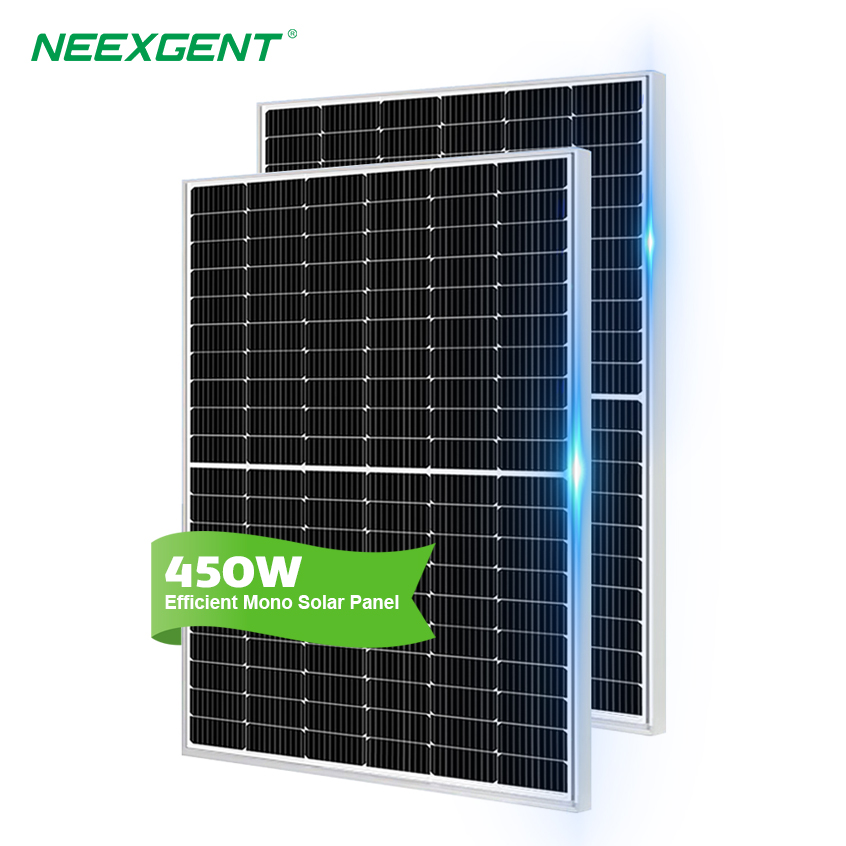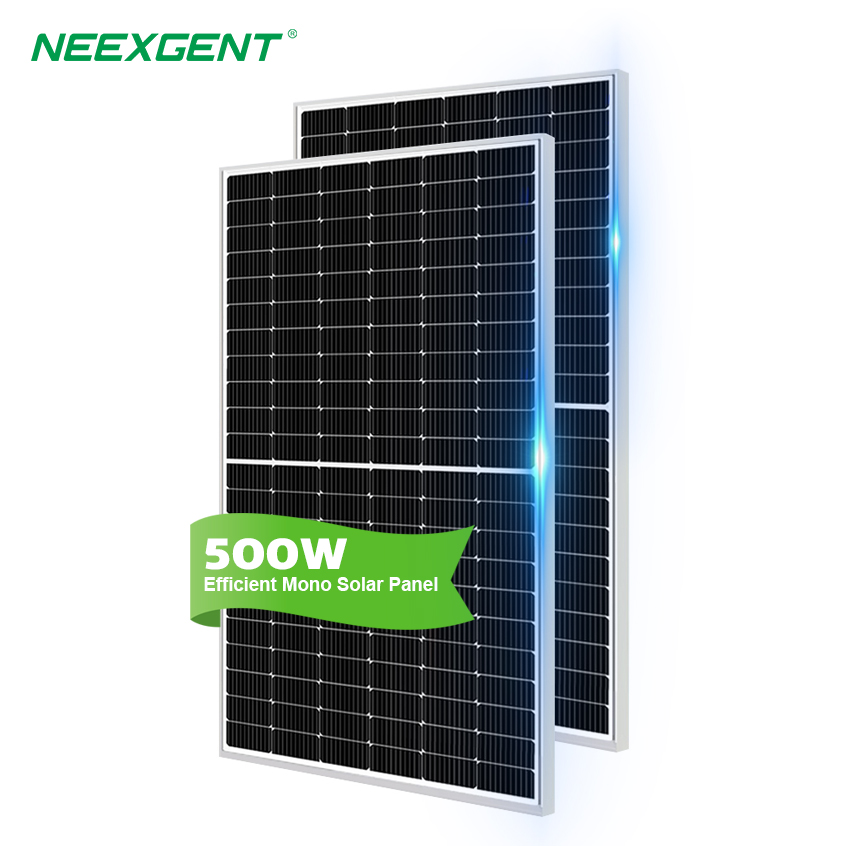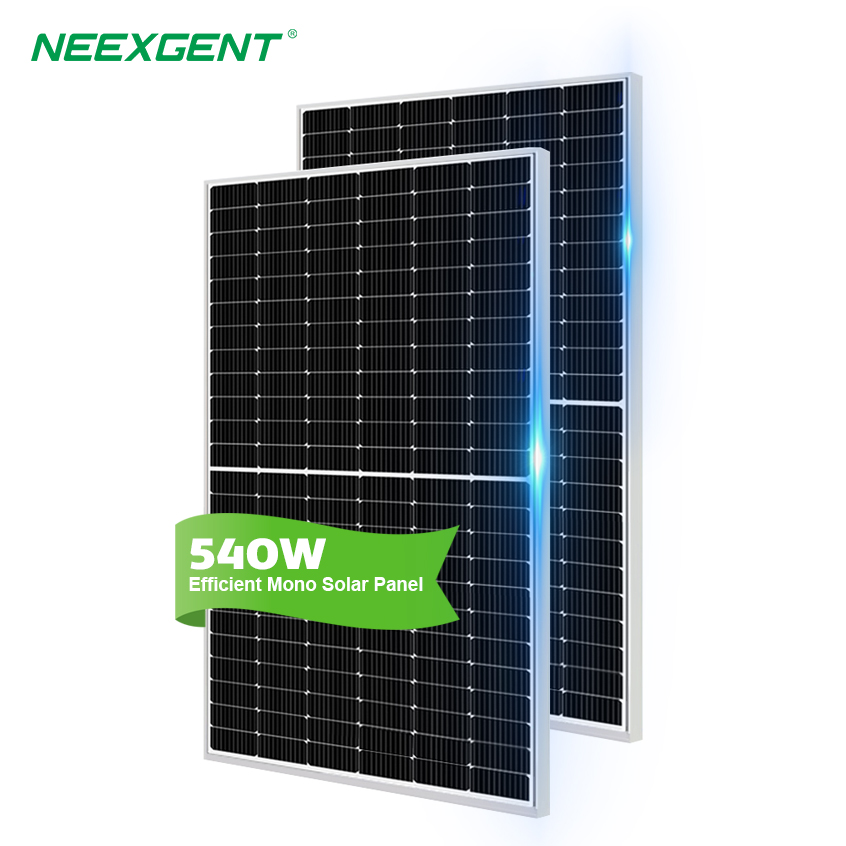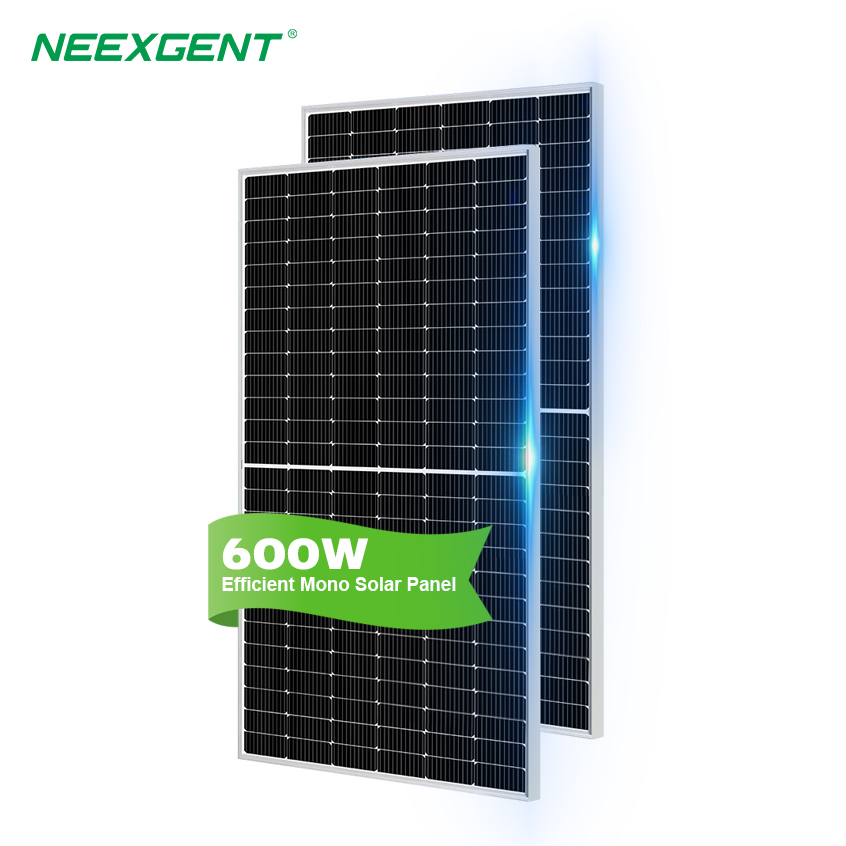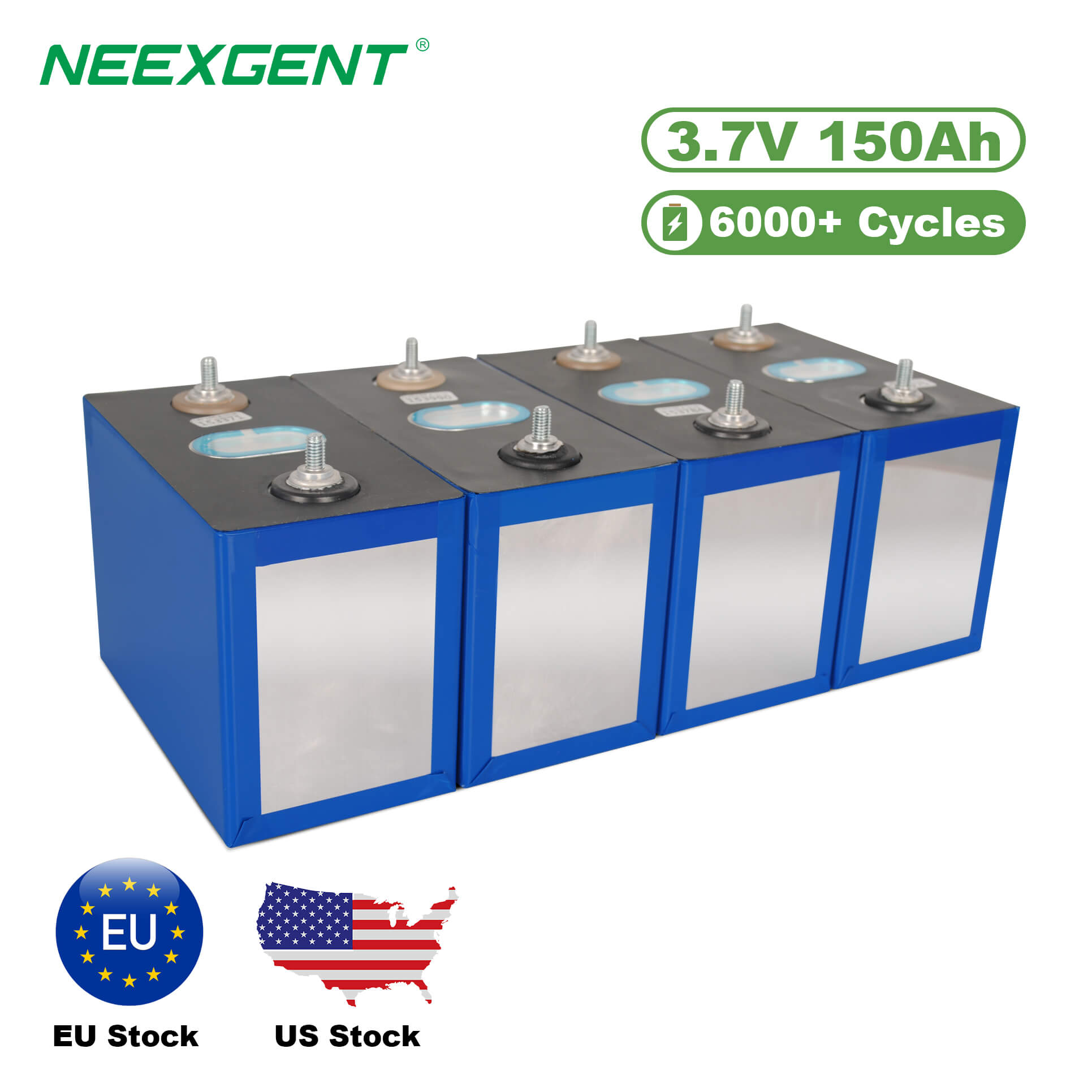Contents:
1. Exceptional Safety and Stability
2. Long Cycle Life and Durability
3. Fast Charging and High Efficiency
4. Lightweight and Compact Design
5. Wide Temperature Range for Performance
6. Eco-Friendly and Sustainable
7. Deep Discharge Capability Without Damage
8. Cost-Effectiveness in the Long Run
9. Superior Charge and Discharge Performance
10. Minimal Self-Discharge for Long-Term Storage
FAQs on LiFePO4 Battery
Lithium Iron Phosphate (LiFePO4) batteries have emerged as a dominant choice for various energy storage applications, offering a combination of safety, longevity, and efficiency. Unlike traditional lithium-ion or lead-acid batteries, LiFePO4 technology provides significant advantages that make it ideal for electric vehicles, renewable energy systems, and industrial power solutions.
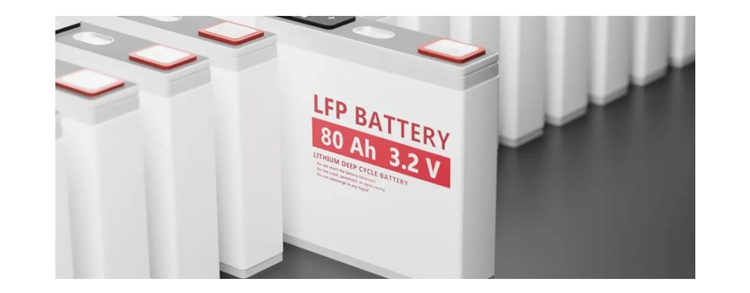
1. Exceptional Safety and Stability
LiFePO4 batteries are known for their high thermal and chemical stability, making them significantly safer than lithium cobalt oxide (LiCoO₂) or nickel-manganese-cobalt (NMC) batteries. Key safety advantages include:
-
Non-flammable Composition – The phosphate-based chemistry prevents thermal runaway, reducing the risk of fire or explosion.
-
High Temperature Resistance – Can operate under extreme conditions without significant degradation.
-
Stable Electrochemical Structure – Resistant to overheating and does not produce oxygen during chemical reactions, minimizing fire hazards.
2. Long Cycle Life and Durability
One of the biggest advantages of LiFePO4 batteries is their extended lifespan. They typically last 5 to 10 times longer than traditional lead-acid batteries.
-
High Cycle Life – Can achieve 3,000 to 7,000 charge cycles, while lead-acid batteries often last only 300 to 500 cycles.
-
Minimal Capacity Degradation – Even after years of use, LiFePO4 batteries retain a high percentage of their original capacity.
-
No Memory Effect – Partial charge and discharge cycles do not negatively affect battery health.
Relevant Information: What Behaviors Reduce the Lifespan of Lithium Batteries?
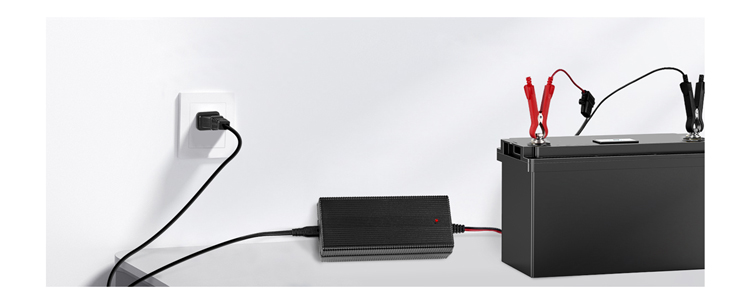
3. Fast Charging and High Efficiency
Compared to other battery chemistries, LiFePO4 offers superior efficiency in both charging and discharging processes.
-
Rapid Charging – Can be charged at high currents without compromising lifespan.
-
High Energy Efficiency – Round-trip efficiency of >95%, meaning minimal energy loss.
-
Low Self-Discharge Rate – Retains charge for extended periods when not in use.
Relevant Information: How to Charge a LiFePO4 Battery Using a Power Supply?
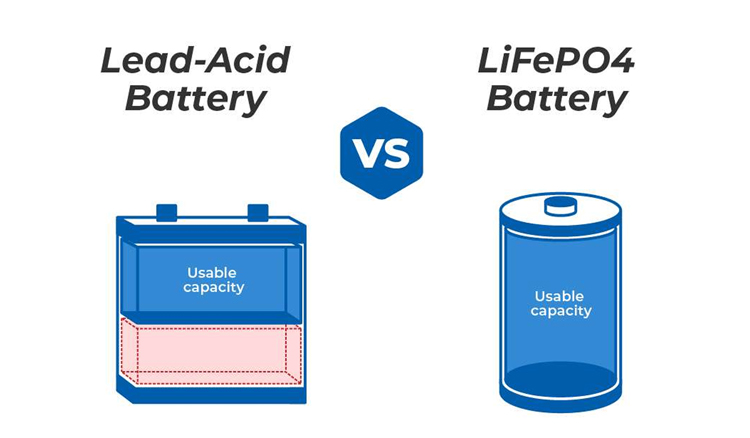
4. Lightweight and Compact Design
LiFePO4 batteries offer a higher energy density than lead-acid alternatives, making them a more efficient solution in terms of weight and space.
| Feature |
LiFePO4 Battery |
Lead-Acid Battery |
| Energy Density |
High (120-160 Wh/kg) |
Low (30-50 Wh/kg) |
| Weight |
Light |
Heavy |
| Size |
Compact |
Bulky |
| Cycle Life |
3,000+ cycles |
300-500 cycles |
5. Wide Temperature Range for Performance
LiFePO4 batteries perform efficiently in both hot and cold environments, making them ideal for various climates.
-
Operational Range: -20°C to 60°C (-4°F to 140°F)
-
Stable Performance in Extreme Conditions – Unlike lithium-ion or lead-acid batteries, which may suffer efficiency loss in low or high temperatures.
Relevant Information: How Does Temperature Change Affect Lithium Batteries?
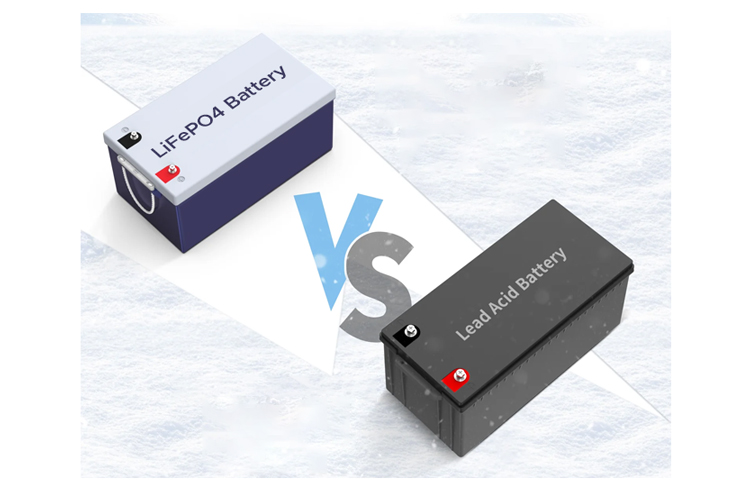
6. Eco-Friendly and Sustainable
LiFePO4 batteries are a more environmentally friendly option compared to other lithium chemistries.
-
Non-Toxic Materials – Free from cobalt and heavy metals, reducing environmental impact.
-
Fully Recyclable – Can be repurposed or recycled without causing hazardous waste.
-
Low Carbon Footprint – Longer lifespan results in reduced waste and fewer replacements.
7. Deep Discharge Capability Without Damage
LiFePO4 batteries allow for deep discharge without degrading performance or lifespan, unlike lead-acid batteries which suffer from sulfation if discharged too deeply.
-
Discharge Depth – Can be safely discharged to 80-90% of capacity without damage.
-
Voltage Stability – Maintains a stable voltage output throughout the discharge cycle, ensuring consistent power delivery.
Relevant Information: Understanding the LiFePO4 Battery Voltage Chart
8. Cost-Effectiveness in the Long Run
Although the upfront cost of LiFePO4 batteries is higher, they prove to be more economical over time due to their longevity and efficiency.
-
Lower Total Cost of Ownership (TCO) – Requires fewer replacements over time, reducing long-term costs.
-
Minimal Maintenance – Unlike lead-acid batteries, which need regular maintenance and water refilling.
9. Superior Charge and Discharge Performance
One of the key advantages of a LiFePO4 battery is its stable charge and discharge characteristics. Unlike other lithium-ion chemistries, it maintains consistent performance across numerous cycles.
-
High Discharge Rate – Supports rapid power delivery without significant voltage drop.
-
Stable Voltage Output – Ensures smooth power supply, critical for sensitive electronics and energy storage systems.
-
Consistent Performance Over Time – Minimal degradation ensures reliable energy output throughout its lifespan.
10. Minimal Self-Discharge for Long-Term Storage
LiFePO4 batteries exhibit an extremely low self-discharge rate, making them ideal for backup power and seasonal energy storage applications.
-
Retains Charge for Months – Even when left unused, the battery maintains its energy without significant loss.
-
No Sulfation Issues – Unlike lead-acid batteries, which degrade if left uncharged for long periods.
-
Ideal for Intermittent Use – Perfect for solar energy storage, RVs, and emergency power supplies.
This characteristic ensures that LiFePO4 batteries remain operational even after extended storage periods, making them highly reliable for off-grid applications and backup power solutions.
FAQs on LiFePO4 Battery

